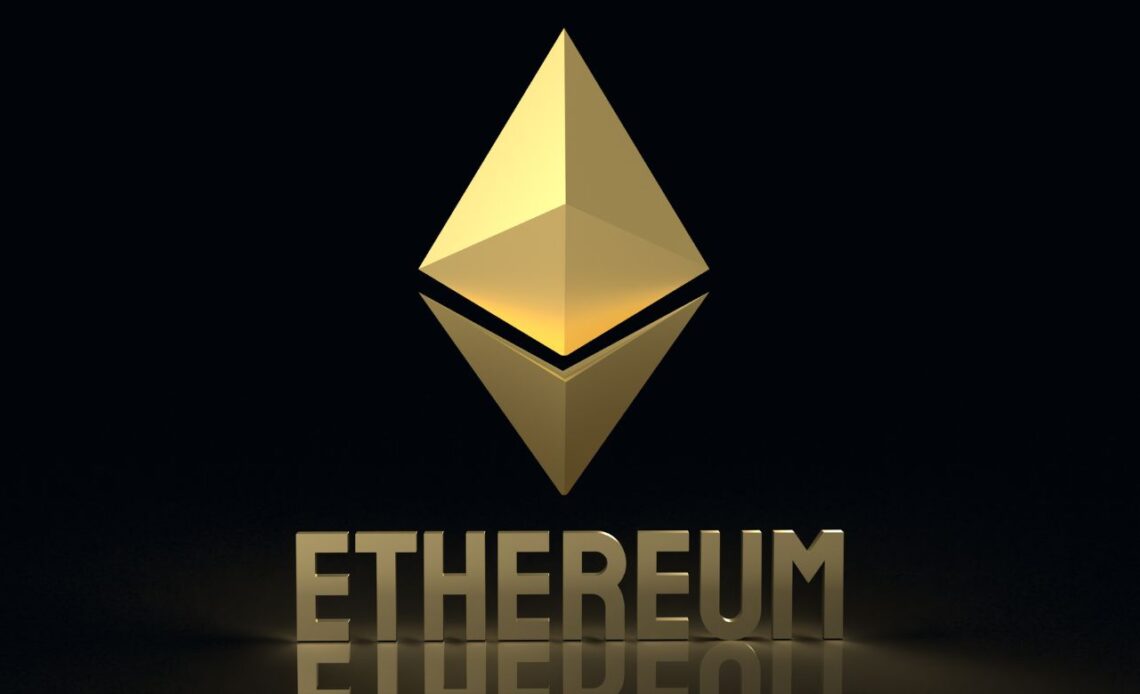There is no marked shift in the number of new addresses depositing the required 32 ETH, the minimum amount required to be deposited into the Beacon Chain for holders who wish to operate a validator node, into the official Beacon Chain Deposit Address ahead of the Shanghai Upgrade on Ethereum.
The Shanghai Upgrade is scheduled for March 2023 and this hard fork will allow stakers to unlock ETH locked in the Beacon Chain.
Number of New ETH Depositors Falling
Apart from the spike in new deposits in the second quarter of 2021, the number of new accounts depositing 32 ETH is declining. The figure remains flat throughout the second half of 2021, the better part of 2022, and January 2023.
Data from Cryptoquant shows that 49 new accounts deposited 32 ETH into the Beacon Chain on January 23, down from 210 recorded less than 10 days earlier on January 13. This is nothing compared to the 2,158 new depositors recorded on May 27, 2021.
Ethereum shifted from a proof of work system to a staking system in 2022 via the Merge. During the Merge, the proof-of-work algorithm was officially switched off as the network transited to a staking system, replacing miners with validators.
Validators are required to stake at least 32 ETH. This amount is needed to ensure that they comply with the network’s rules. Validators are tasked with confirming on-chain transactions and securing the network.
The stake amount is “slashed” whenever they try acting maliciously, or their performance drops, falling lower than the network stipulates. In extreme cases, other Ethereum validators can “slash” the offending validator, wiping out their entire stake.
Proof-of-Stake In Ethereum Fosters Decentralization
The growth in the number of unique accounts, mostly validators depositing over 32 ETH, has been linear since late 2020. To illustrate, the number of unique depositors rose from 77 on November 4, 2020, to 82,634 on January 24, 2023. This steady growth is a positive for Ethereum as a network. It could be an indicator of the positive response from the community.
By eliminating miners for validators, the playing field is leveled for everyone, including those who couldn’t afford to buy mining gear or actively keep track of graphic card prices. Ethereum validators are required to ensure their nodes operate with high reliability and 100% up-time. This is in place of operating mining rigs which were energy intensive, scarce, and generally expensive.
As of January 25, over…
Click Here to Read the Full Original Article at NewsBTC…
























